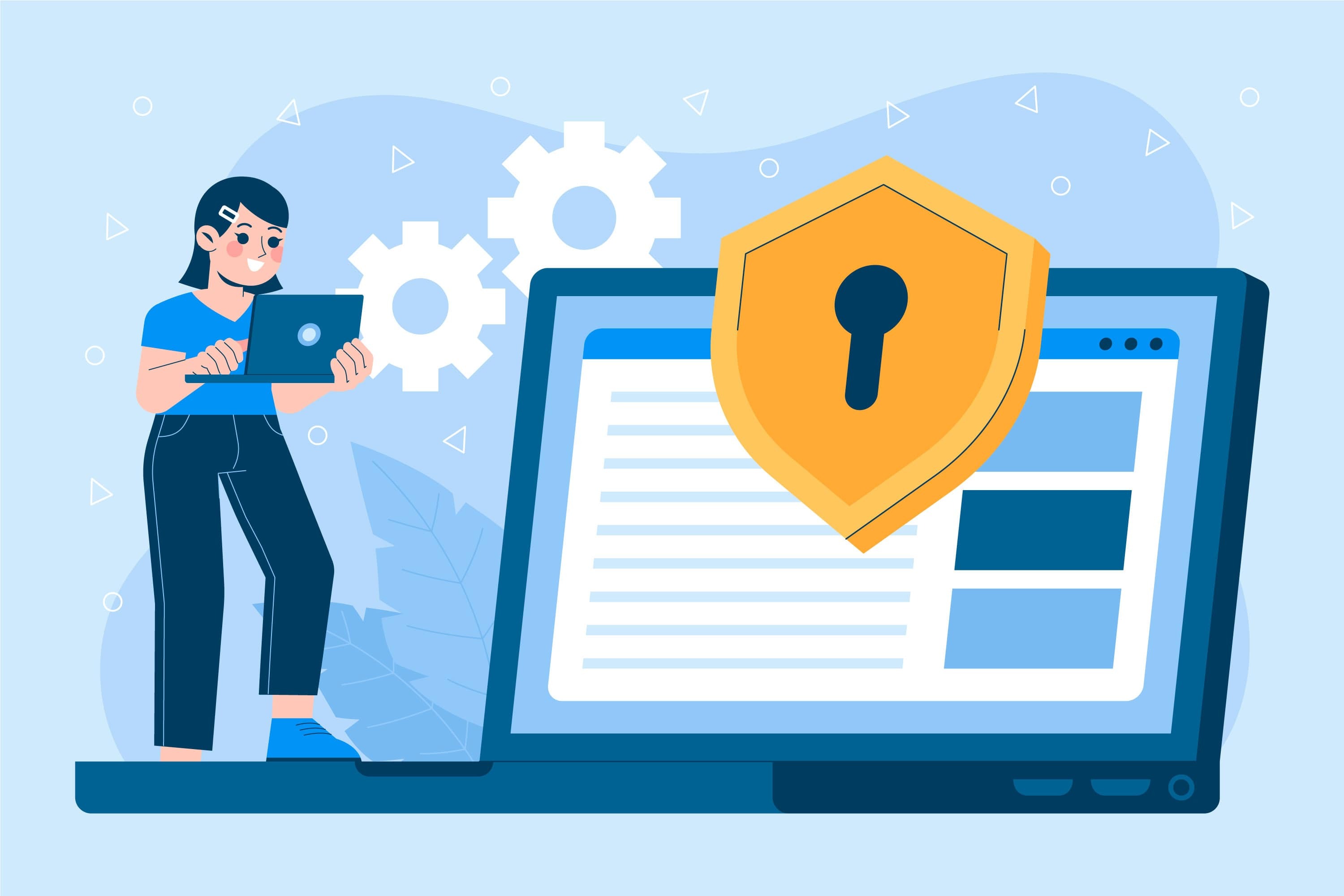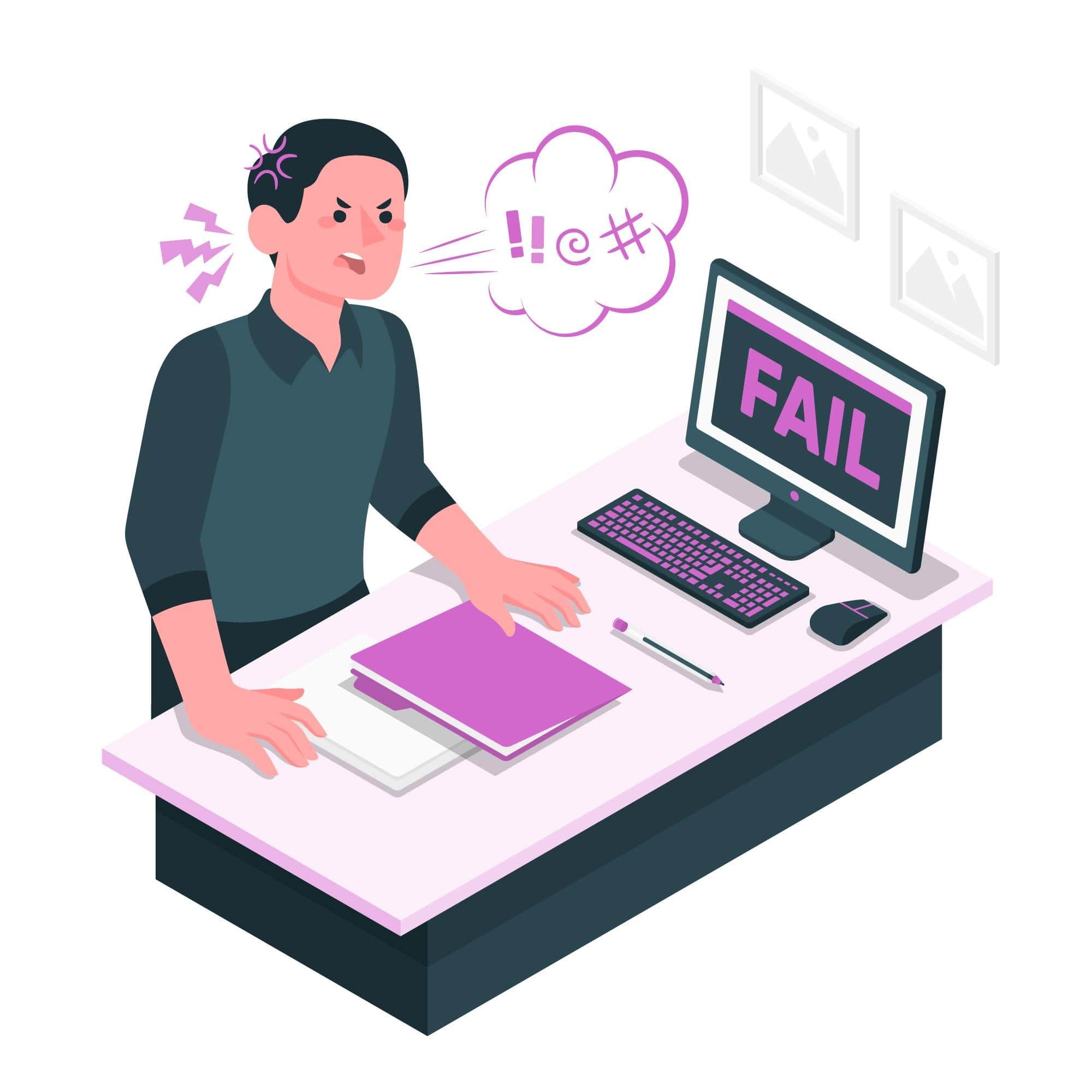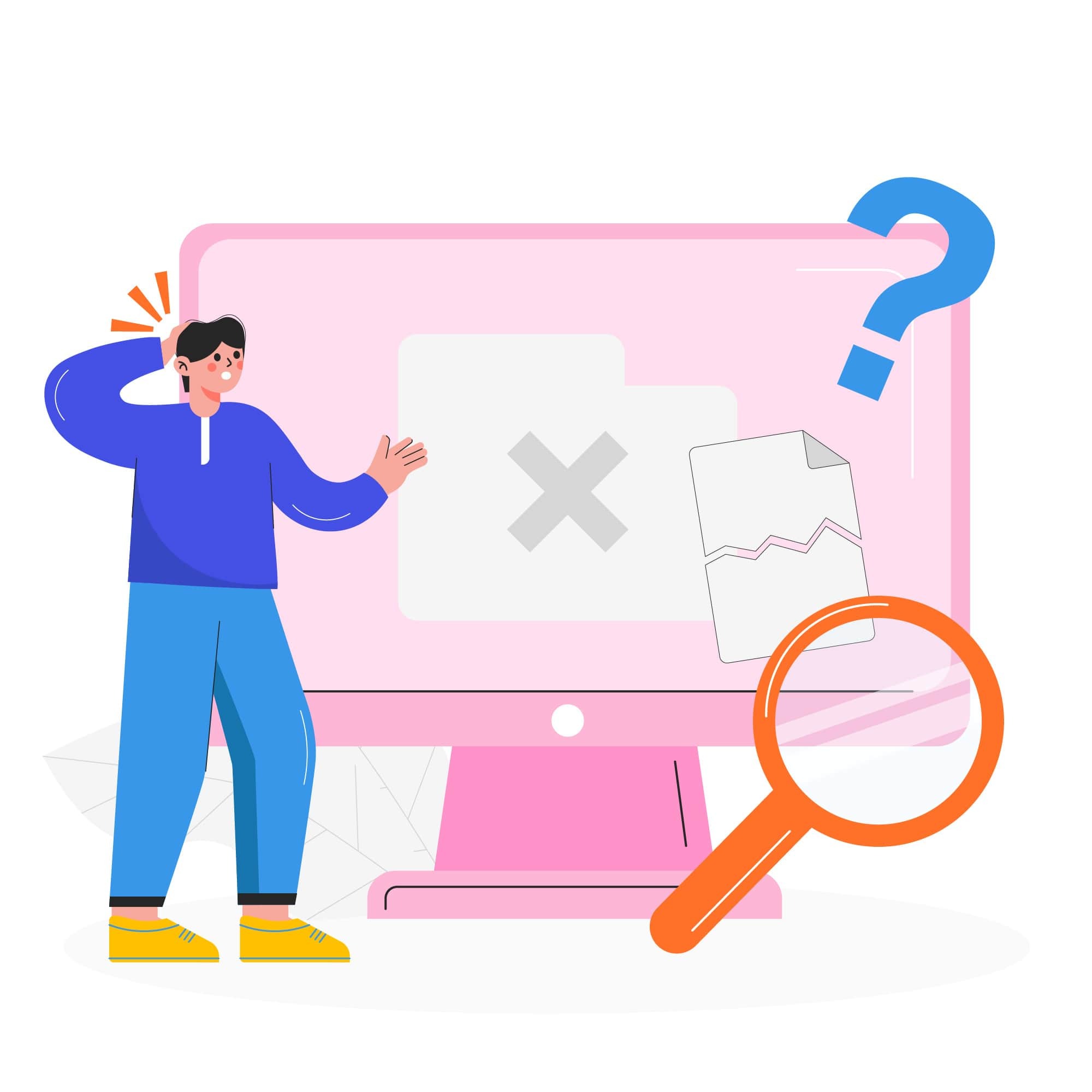
How to Harden a WordPress Site
Is your WordPress website one hackers wouldn't want to mess with? Or is it an easy target? If you’d like to shore up your site’s vulnerabilities and reduce your overall cybersecurity risk, taking the initiative to harden your WordPress site is well worth the effort.
In this article we’ll cover everything you need to know about WordPress hardening including what it is, why it’s important, and 13 actionable steps you can take to boost WordPress security.
What is WordPress hardening?
Hardening WordPress is a process that focuses on improving a WordPress website’s security across the board in a variety of different ways.
There are a variety of different attacks a WordPress site can fall subject to—from brute force attacks to DDoS attacks to SQL injections—so website owners must make security improvements a priority.
If successful, these attacks can render your website inoperable, compromise the data that’s stored on it, and erode customer trust in your brand. To avoid consequences like these, website owners must take a comprehensive approach to WordPress hardening.
13 steps to harden your WordPress site
There’s a lot that goes into improving a site’s security which can make the process quite complex. This complexity is why there are a lot of WordPress websites out there with known vulnerabilities that are still unpatched.
To help simplify the WordPress hardening process, we’ve broken it down into 13 manageable steps. If you complete these steps, you can rest assured that your website will be much more resistant to security issues.
1. Assess your current security
WordPress hardening should begin with a thorough assessment of your site’s existing security features and vulnerabilities. This will allow you to pinpoint areas where there is room for improvement and begin prioritizing your initiatives.
Check for common security vulnerabilities (we’ll go over many of them in the following sections to help you learn what to look for) and identify any that are present on your website. This will allow you to begin the process of fixing your site’s biggest security issues.
2. Update and maintain WordPress core
You should regularly update all of your core WordPress files, themes, and plugins so that you’re always using the latest version. This helps ensure that any known vulnerabilities in the files, themes, and plugins are patched rather than allowed to persist.
Targeting outdated versions of these files, themes, and plugins is one of the top ways hackers compromise WordPress websites. If you want to avoid giving hackers an easy target, make sure that all updates are promptly installed.
3. Secure the hosting environment
Your hosting environment and the hosting provider you choose play a critical role in your site’s security. Be sure to start by choosing a reputable hosting provider that offers plenty of security features, such as firewalls, malware scanning, and regular backups.
You should also ensure that your web server configurations are optimized for security. Check that your server uses the latest versions of PHP, MySQL, and other server-side technologies. Additionally, you can consider using managed WordPress hosting, which often includes enhanced security features designed specifically for protecting WordPress sites.
4. Implement strong authentication
It may sound like stating the obvious, but strong passwords and user authentication controls are a major key to preventing unauthorized access to your WordPress site.
Start by using strong, unique passwords for all administrator accounts and changing them regularly. Enabling two-factor authentication will add a strong extra layer of security to your accounts.
To prevent brute force attacks, which attempt to gain unauthorized access by using bots to rapidly guess large numbers of passwords, you can limit the number of allowed login attempts. Lastly, password-protect your wp-admin and wp-login pages using .htaccess rules or security plugins. This will help prevent hackers from gaining access to your administrative dashboard.
5. Research security plugins and tools
There’s no shortage of security plugins available for WordPress, with each offering its own unique set of features to strengthen your site’s security. Just a few popular options include Wordfence, Sucuri, and iThemes Security. These plugins provide functionalities such as malware scanning, firewall protection, and login security.
An even better option? Using a comprehensive security package like those offered by SiteLock. This solution gives you access to a full suite of website security solutions including real-time site monitoring, notifications, and automated malware removal all in a single package. Unlike the security plugins, SiteLock does not use server resources so it will not impact site performance.
6. Review file and directory permissions
Setting the right directory and file permissions is crucial to preventing unauthorized access. Incorrect permissions can enable hackers to modify or access sensitive files.
For most WordPress installations, files should be set to 644 and directories to 755. Secure your wp-config.php and .htaccess files by setting their permissions to 600, and consider moving the wp-config.php file to a higher directory to prevent direct access.
Lastly, consider disallowing file editing within the WordPress dashboard by adding the following line to your wp-config.php file:
define('DISALLOW_FILE_EDIT', true);
This will help further protect your site from unauthorized modifications.
7. Secure the login page
The WordPress login page is a common target for brute force attacks. To secure it, start by changing the default login URL from wp-login.php to a custom URL. This simple step will go a long way toward reducing the number of automated attacks.
You should also implement CAPTCHA on the login page. This will prevent bots from attempting to log in.
Next, be sure to disable XML-RPC. This protocol is designed to enable communication between WordPress and other systems, but its inherent security vulnerabilities far outweigh its benefits. By disabling it, you make your site less vulnerable to DDoS attacks and various other security risks.
8. Implement a firewall and IP address blocking
A web application firewall (WAF) will help protect your site from malicious traffic by monitoring all traffic and blocking any traffic that is deemed suspicious. This includes IP addresses that exhibit harmful behavior as well as the surges of traffic that make up a DDoS attack.
Many web hosts offer security features that include firewalls and IP address blocking. You can also implement a WAF by either installing a security plugin or purchasing a WordPress security package that includes one.
9. Protect the database and WP-Config.php
Your WordPress database stores all of your site's content and settings, making it a prime target for attackers. To protect it, start by using a unique database prefix instead of the default wp_. This will help reduce your risk of SQL injection attacks.
Be sure to also secure your wp-config.php file by setting its permissions to 600 and, if possible, moving it to a higher directory. The wp-config.php file contains sensitive information like your database credentials, so protecting it is key.
10. Add an SSL certificate
Installing an SSL certificate will encrypt data that is shared between your site and its visitors, ensuring that it can’t be intercepted by hackers. Sectigo offers a variety of SSL certificates that you can install to help protect the personal data of your website visitors.
Once you’ve installed the SSL certificate, you’ll want to force HTTPS on your site by updating your WordPress and site URLs. You can do this by adding the following lines of code to your .htaccess file:
<IfModule mod_rewrite.c>
RewriteEngine On
RewriteCond %{HTTPS} off
RewriteRule ^(.*)$ https://%{HTTP_HOST}%{REQUEST_URI} [L,R=301] </IfModule>
11. Conduct regular auditing
The cybersecurity landscape is constantly shifting and evolving. This makes it essential to regularly audit your site’s security to ensure that it is protected against the latest threats.
You should also regularly monitor user activity and login attempts on your website. This can be done automatically using tools like SiteLock’s website monitoring, helping you quickly identify any potentially malicious user activities. Keeping track of your security logs and monitoring them will also help ensure that no malicious activity goes unnoticed.
12. Monitor and respond to security threats
Setting up a robust notification system that offers real-time alerts allows you to swiftly identify security threats and respond to them quickly.
Security plugins often include features for sending notifications about suspicious activities, login attempts, and malware detections. You can also scan your site for malware and vulnerabilities using tools like those provided by SiteLock.
If a security issue is detected, take immediate action to resolve it. Depending on the issue, this can include removing malware, restoring from backups, or changing compromised passwords.
13. Consider additional security measures
There is a long list of things you can do to enhance your WordPress website’s security, and while we’ve covered a lot of the most important ones in this list, there are a few additional measures you may want to take.
The first one is using a secure WordPress installation process, ensuring that all components are up-to-date and secure from the start.
Next, regularly backup your site, including files and the database so that it can be restored in the event of a data breach.
Next, try to educate yourself and your team about the latest security best practices and stay informed about emerging threats.
Secure your WordPress site with SiteLock
Failing to harden your WordPress website can result in all kinds of costly consequences. Thankfully, securing a WordPress site isn’t as complicated or time-intensive as it might seem.
With a comprehensive WordPress security package from SiteLock, you can access all the tools and services you need to harden your WordPress website in one convenient package. This includes a robust WAF, malware scanning and removal, 24/7 website monitoring, and more.
To learn more about boosting your website security with SiteLock, be sure to check out our industry-leading WordPress security packages.





